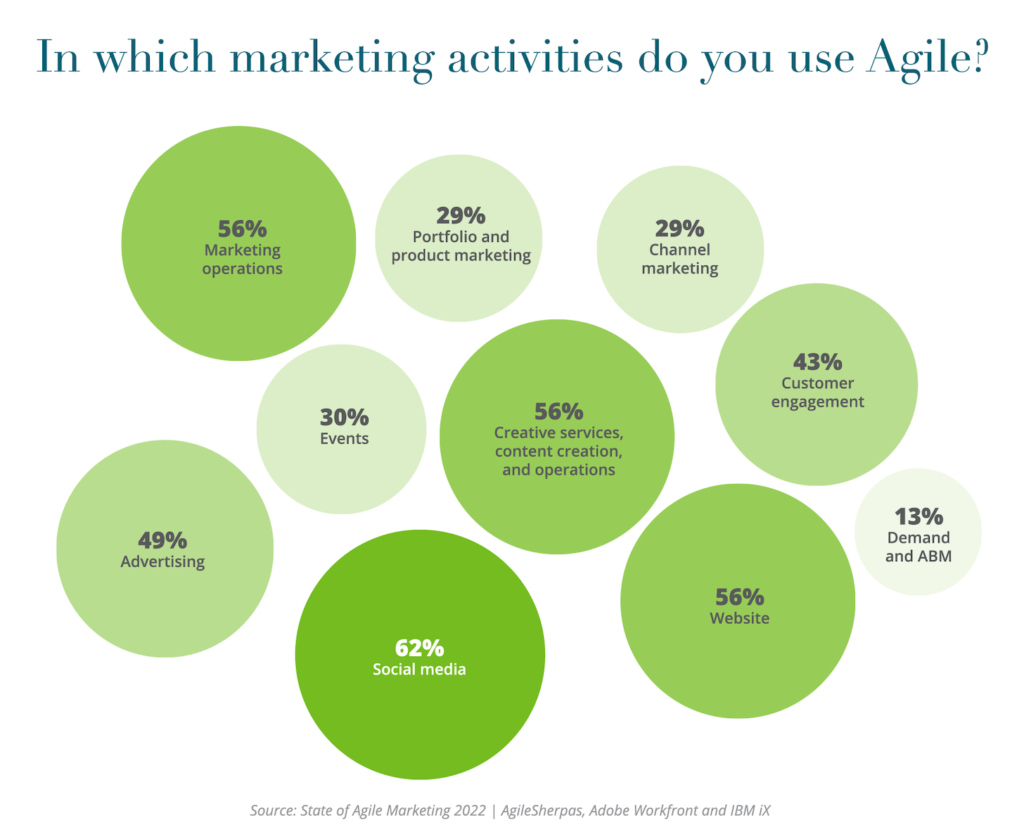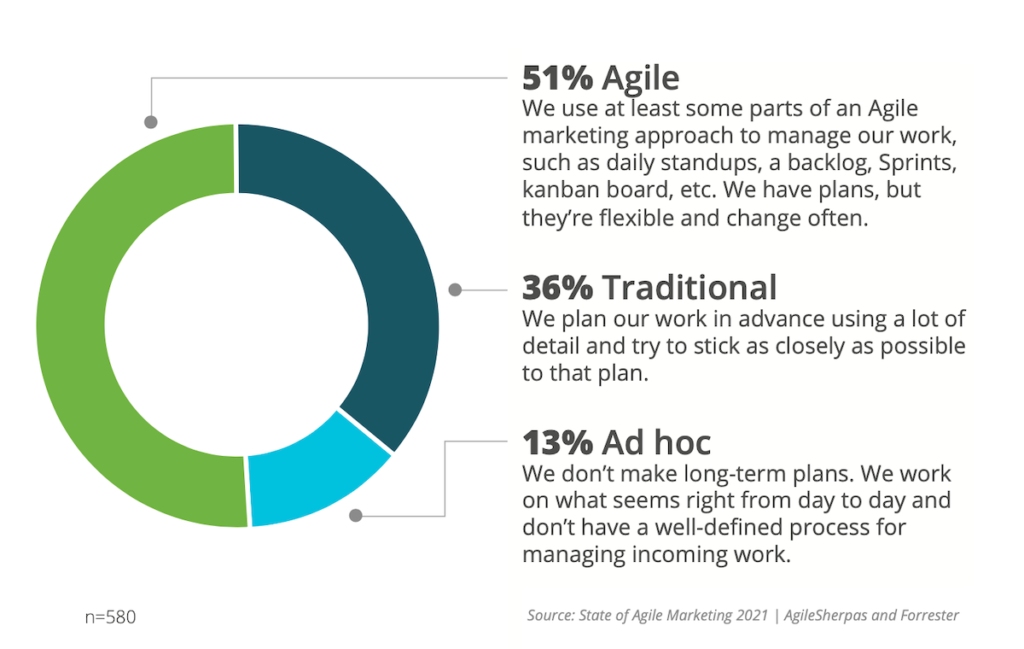This week, I ran a pilot of my latest study for improving trust in online advertising — the first time I’ve run an experiment with human subjects physically in the lab.
Two thoughts I wanted to share from the experience:
First, don’t ever underestimate the power of brands. I’ll share more about that once we finish the study. But search marketers in particular, I cannot stress this enough: brands are immensely influential in the context of search.
Do everything in your power to build and protect your brand — and the trust entwined within it — at every touchpoint in your marketing universe and product/service delivery.
Second, wow, the setup at the Harvard Decision Science Laboratory for running such experiments is wicked cool (as they say here in Boston). Subjects participate at individual workstations with video monitoring, two-way audio, physiological monitoring (heart rate, skin temperature, sweat monitor), options for group interactions — and it’s all controlled from a Star Trek like touchscreen console.

As the researcher, you can zoom in on any participant, watch their computer interactions, observe their video stream, take over their keyboard to assist, initiate private or group audio dialogs, control environmental factors such as lighting, etc.
It inspired me to imagine what a marketing dashboard of the (not-too-distant?) future might look like…
7 Capabilities for the Marketing Dashboard of the Future
Too much of web analytics is dry, dull, and disconnected from the real-time experience of actual prospects and customers. Social media monitoring is starting to explore this frontier with sentiment analysis and visualization of more in-the-moment activity. But we still have a long way to go.
Here are 7 things that I’d like the marketing dashboard of the future to do:
1. Show me aggregate, high-level information — as it does today — but in real-time.
2. Sentiment analysis is great and getting better everyday — check out Google’s new Prediction API — but I’d like to monitor a slightly different metric with trust analysis. What are people doing that signals the strengthening or weakening of trust in my brand?
3. Let me zoom in, ideally down to the individual experience, to “see” users follow a click path in real-time, observing their typing and mouse movements (via Javascript), to get an authentic feel of what people are actually experiencing. At one level up, let me see the threads of atomic marketing.
4. Much, much better visualizations — there’s way more to life than line graphs and pie charts. For example, the visualizations produced on sites such as Many Eyes and the latest work by Martin Wattenberg of Flowing Media.
5. The ability to quickly curate and share insightful snippets of such data, possibly through services such as Infochimps, Swivel, and Factual.
6. Enable and promote test-driven marketing by incorporating A/B tests and multivariate testing (MVT) into the display of everything — encourage comparisons between alternatives and spark new test ideas. Give the power of testing executive-level visibility.
7. The capability to react immediately by changing relevant advertising, offers, landing pages, etc., interact with social media threads, engage staff — springboarding directly from my dashboard. This isn’t just agile marketing. This is super-agile marketing.
What would you like the marketing dashboard of the future to do?
How soon until we have it?



Another thought provoking post Scott!
At a high level, I’d like the marketing dashboard of the future to show, by market, which tools / tactics (digital vs digital, digital vs traditional, combination of tools/tactics in order) have been most effective at meeting each specific type of objective.
Ideally the system would provide functionality to ‘zoom in’ on the most effective examples to review what worked.
How soon? Not soon enough!
Thanks, Ro!
You bring up an excellent point. We “new marketing” marketers don’t pay enough attention to traditional and offline marketing and events. And by “we,” I mean me and anyone else who identifies with that statement. Would be great to see those activities beyond the web incorporated into the dashboard of the future — even basic trends and correlations.
I know that Akin Arikan has a great book on multichannel marketing — I’ve been meaning to read it for a while now. I think your comment just gave me the nudge necessary to order it.